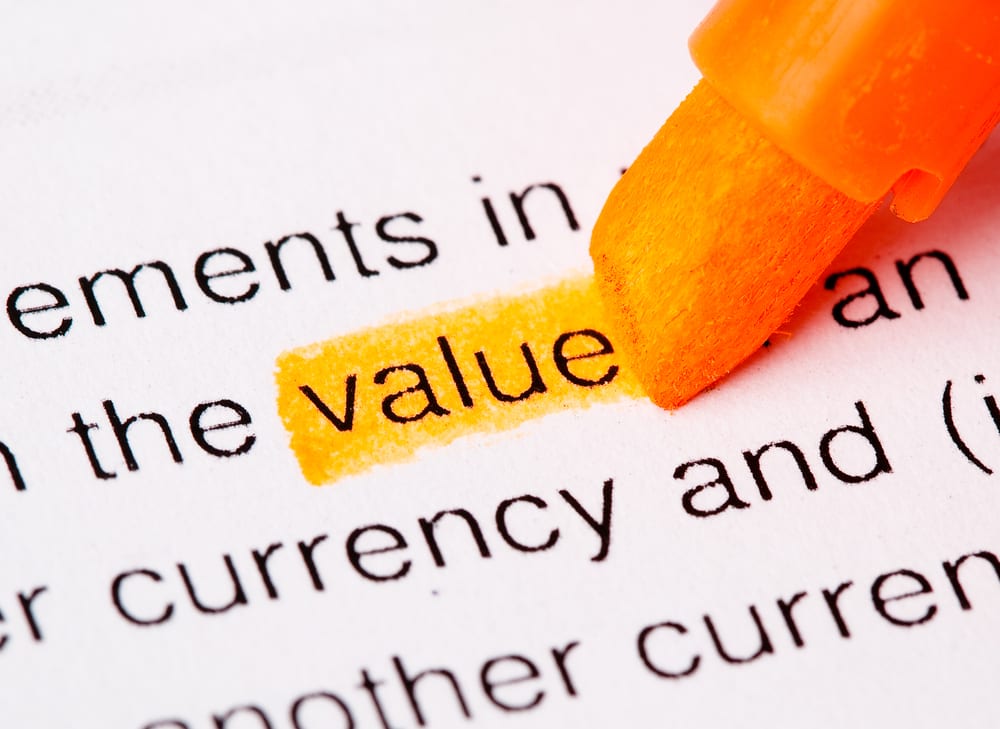How to take money out of RRSP without paying tax?
Let’s face it, the Registered Retirement Savings Plan or RRSP tax qualified plan in Canada has its ups and downs in popularity. And it’s not because it’s good or bad. It just is. Every financial product has its own set of characteristics in terms of tax consequences, risk, volatility and control.
However, Canadians are seeking safe and secure retirement alternatives in a post covid-19 world. With the aftermath of markets shifting so drastically in the 2008 financial crisis and then again during the recent global pandemic, Canadians received yet another wake up call. People often wonder, can I take money out of my RRSP without paying tax?

The short answer is no. The anatomy of a registered retirement savings plan / RRSP confuses many Canadians. If you have an RRSP, it’s important to understand that when you created it, the taxes were there from the very beginning. Yes, you are postponing the payment of tax and more importantly, the calculation of tax, but the taxes are there from inception. What’s worse is that as the account compounds, you’re also compounding the tax. Correctly classifying anything is important. Think about the name Registered Retirement SAVINGS Plan. Savings can only be achieved inside of an instrument where there is no risk of loss. Yet more often, the account is actually an Investment tool versus a savings tool because the account owner’s money is invested in instruments like mutual funds. What’s scary is the account owner believes they are saving money. Investing is not saving. Why? Invested money is ALWAYS subject to risk and the very definition of risk is to subject someone or something to undue harm or “loss”. Money that is saved cannot be subject to the risk of loss. Not understanding the distinction can be devastating to you financially and cost you tens or even hundreds of thousands of dollars. Combine the misclassification with temperamental & risky stock markets, and you may very well be gambling with the retirement dreams of your family.

New Training from Jayson Lowe
Infinite Banking Concept
Get access to our expert financial advisors and coaches that can help you implement permanent life insurance in your life. Register for the training to learn more about permanent life insurance benefits so that you can book a time with your own advisor.
Do you get taxed twice on RRSP?
The RRSP platform has been available in Canada since 1957 when it was launched. Double taxation on any asset or investment should be a consent for anyone. It is unlikely that you would have double taxation on an RRSP. However, tax rates on income varies dramatically over time. As such, if you put $10,000 into an RRSP in your early working years when you were earning $40,000 in gross income at a marginal tax rate of 30% you would have reduced your taxable income to 30,000. The impact would have been lower taxes in that one year. By deferring the tax payable on a “known” rate of income tax, the $10,000 is not subject to a future unknown tax rate that will never be known until the day of withdrawal.

Withdrawal must happen. There is no choice in the matter. It is required to start the year you turn 71, but if you were to die early the entire RRSP could be considered income and drastically increase your tax rate and final tax bill. Not being able to plan for the amount of your future income and the taxation rates that a future federal government might initiate is a risky gamble for the person investing with an RRSP. Later in life, at the retirement stage, many Canadians including the baby boomers are experiencing a nerve racking wake up call. The tax rates have increased substantially and now the impact of a withdrawal may actually be costing much more than the initial tax savings received when the money first went into their account.
RRSP Withdrawal Expert
At Ascendant Financial we have expert financial advisors and coaches that can help you make a retirement plan that works and is insulated from market risks. Take control of your retirement plan today.




